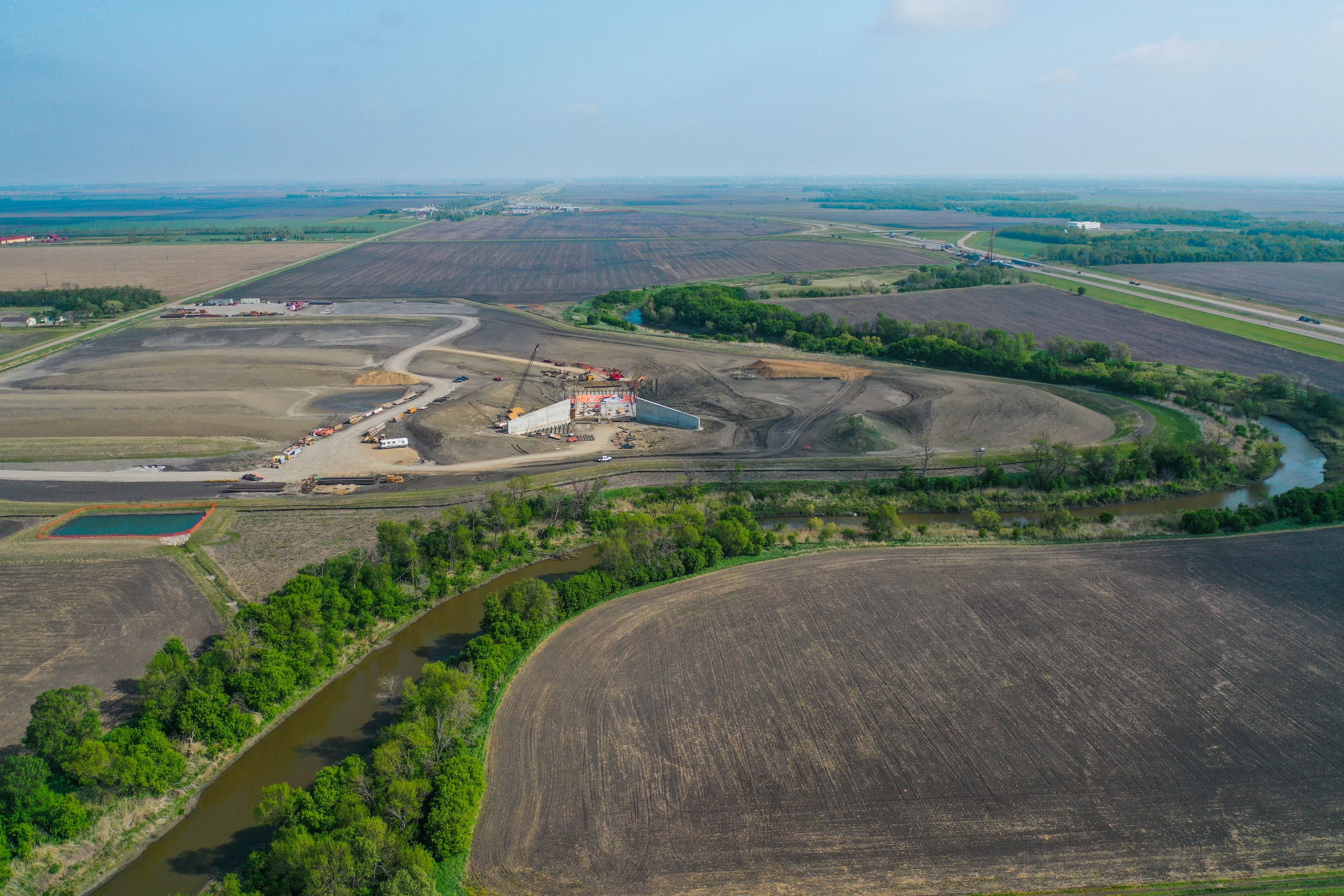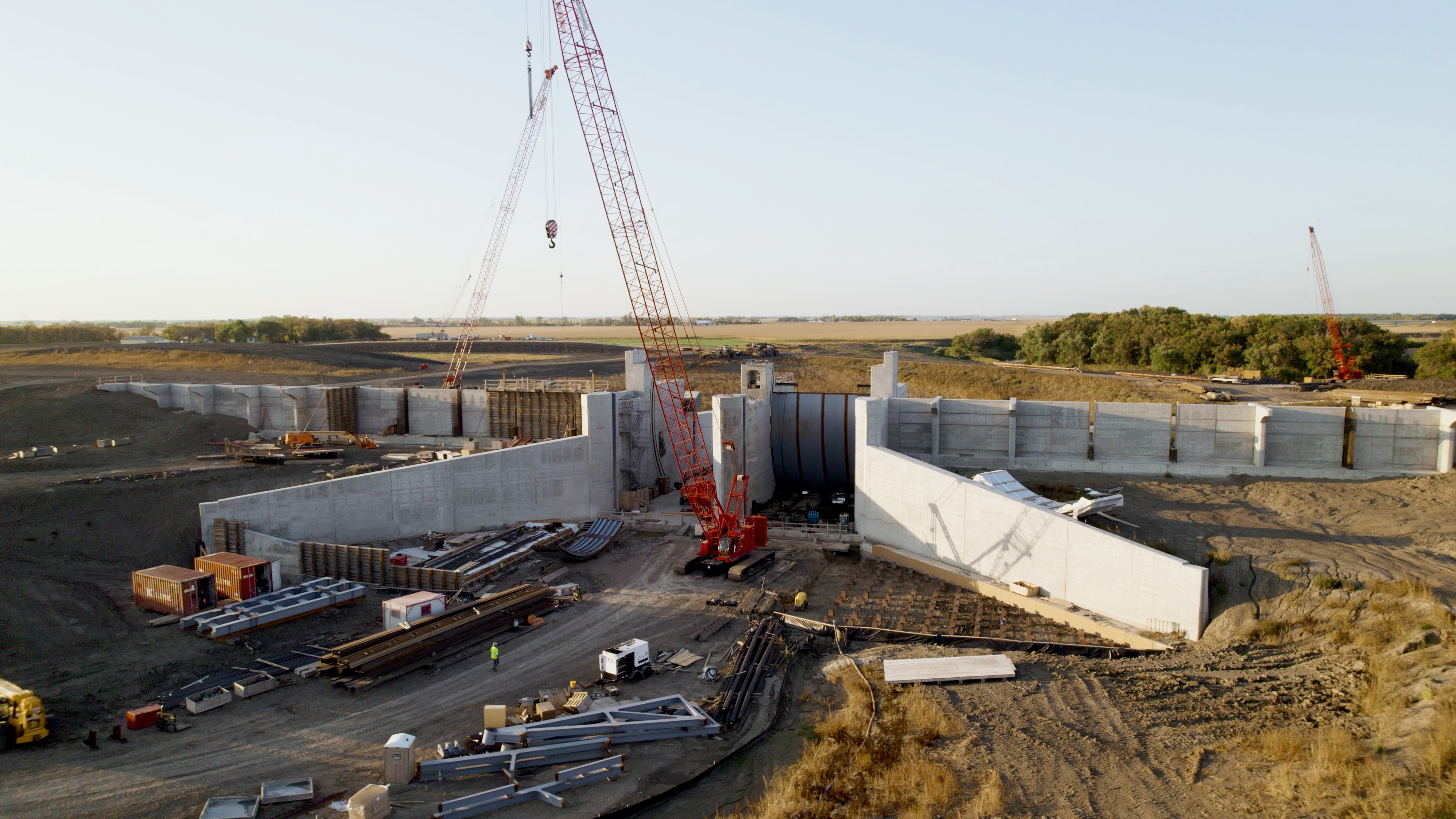Red River Valley Flood Risk Increasing
The Red River is unique due to its low gradient and northward flow. These features also lead to a high flooding risk. Ice melt comes earlier in southern regions, causing ice jams and other conditions that result in flooding nearly every year. This makes the Red River Valley one of the most flood-prone areas in the U.S.
Extreme precipitation, two inches or more, has increased in frequency since 1990 and has worsened further since 2015.

